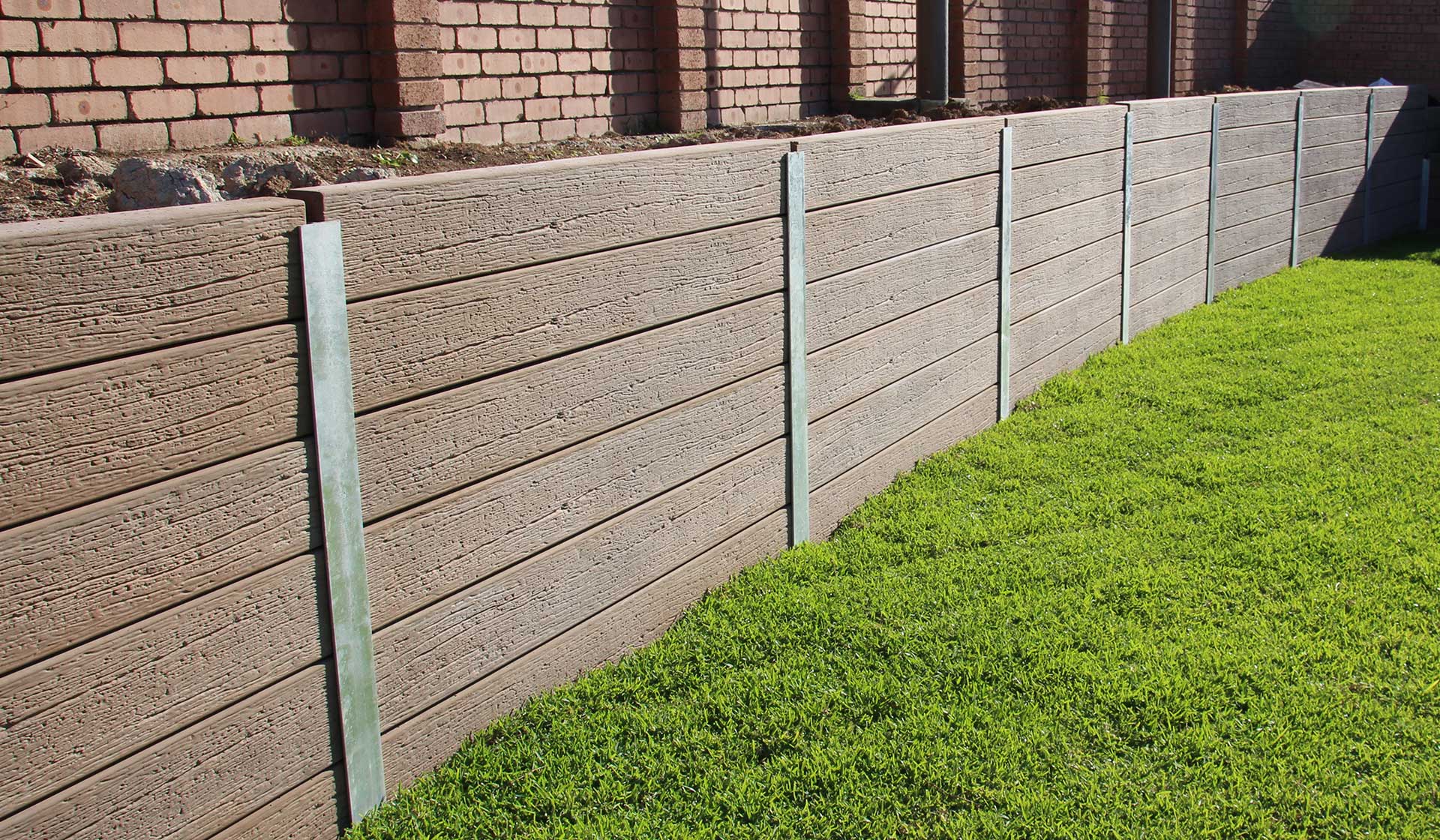Just How Custom-made Retaining Walls Sunshine Coast Can Improve Your Landscape Design
Just How Custom-made Retaining Walls Sunshine Coast Can Improve Your Landscape Design
Blog Article
Enhancing Property Stability: The Duty of Retaining Walls in Dirt Retention and Erosion Control
Maintaining walls stand as quiet guardians, playing an essential function in soil retention and erosion control. By discovering the nuances of different kinds, layout factors to consider, building strategies, and upkeep ideas connected with preserving wall surfaces, a much deeper understanding of their pivotal function in enhancing residential property stability emerges.
Importance of Retaining Walls in Security
The importance of retaining walls in making certain stability within landscapes can not be overemphasized. Preserving walls play an important duty in keeping back soil, stopping disintegration, and producing level surfaces in sloped areas. By giving structural support, maintaining walls aid to redistribute lateral pressure brought on by soil, stopping landslides and slippage. Along with improving the aesthetic appeal of a building, maintaining wall surfaces add to the general safety and security and performance of outdoor areas.
Maintaining wall surfaces are especially vital in uneven or uneven terrains where dirt erosion is a typical event. Without sufficient assistance, soil disintegration can bring about the degradation of landscapes, endangering the integrity of frameworks and posturing dangers to inhabitants. Preserving walls function as barriers, stabilizing the dirt and stopping it from moving downhill during hefty rains or other environmental stress factors.
In addition, keeping wall surfaces offer long-lasting benefits by lowering maintenance expenses linked with soil erosion and land instability. By purchasing properly designed preserving walls, homeowner can make certain the longevity and sustainability of their landscapes while promoting a visually enticing and safe atmosphere.

Types of Retaining Walls for Erosion Control
Gravity maintaining walls are strong structures that depend on their weight to resist the pressure of the dirt behind them. Cantilever preserving wall surfaces, on the other hand, are developed with a thicker base and use a lever arm to stand up to the soil pressure.
For taller wall surfaces or where space is a restriction, secured retaining walls are typically employed. When selecting the suitable type of preserving wall surface for disintegration control, variables such as dirt make-up, wall surface height, and website problems must be carefully thought about to ensure lasting stability and effectiveness.
Design Factors To Consider for Soil Retention
The height and area of the preserving wall surface are critical elements that influence the total layout. Engineers should also consider the pressure put in by the retained dirt and potential lateral tons to make sure the framework's security over time.
Furthermore, the product choice for the preserving wall is critical in enhancing long life and capability. Concrete, wood, gabion baskets, and all-natural stone prevail materials made use of in keeping wall surface construction, each with its one-of-a-kind benefits and factors to consider. Correct drainage devices, such as weep openings and French drains pipes, should be integrated into the design to stop water accumulation behind the wall, which can cause structural failing and disintegration.
Building Strategies for Maintaining Walls
When implementing design factors to consider for efficient dirt retention, the construction techniques for maintaining wall surfaces link play a critical function in making sure structural integrity and lasting security. One common strategy is the gravity wall surface, which relies on the weight and mass of the wall surface itself to stand up to the stress of the maintained soil.
Another widely made use of building technique is the cantilevered wall, which utilizes a concrete slab foundation that prolongs in reverse right into the preserved soil. This style supplies extra stability and is ideal for tool to high retaining walls. For taller frameworks, reinforced dirt techniques such as making use of geogrids or soil nails can be utilized to enhance the wall surface's strength and stability.

Upkeep Tips for Residential Property Security
To make certain long-term residential property security, look at this now regular maintenance practices are vital for preserving the honesty of preserving wall surfaces and avoiding disintegration issues. Cleaning up the surface area of the keeping wall surfaces can also assist maintain their architectural integrity by removing dirt, debris, and greenery that could damage the wall surface over time.
In addition to aesthetic evaluations and cleaning, it is essential view it now to check the drain systems connected with the maintaining wall surfaces. Making certain that drains are free from obstructions and working appropriately can stop water buildup behind the wall surfaces, which can lead to pressure and possible failing. Effectively working drain systems are essential for taking care of water circulation and decreasing the threat of disintegration.
Consistently checking and keeping maintaining wall surfaces according to these suggestions can prolong their life expectancy and add to the general stability of the residential or commercial property.
Final Thought
In final thought, preserving walls play an important duty in improving residential property stability by protecting against soil disintegration and keeping dirt in location. Routine upkeep of preserving walls is important to make certain long-lasting stability and security against disintegration.
For taller wall surfaces or where space is a constraint, anchored keeping walls are typically utilized. These walls use cable televisions or strips that are secured into the soil or rock behind the wall to give extra assistance. When choosing the proper kind of preserving wall for erosion control, elements such as dirt structure, wall surface height, and website conditions need to be thoroughly considered to guarantee durable security and performance.
One common strategy is the gravity wall surface, which depends on the weight and mass of the wall itself to resist the stress of the retained soil. Cleansing the surface of the keeping wall surfaces can additionally assist preserve their architectural integrity by getting rid of dust, particles, and plants that might deteriorate the wall surface over time.
Report this page